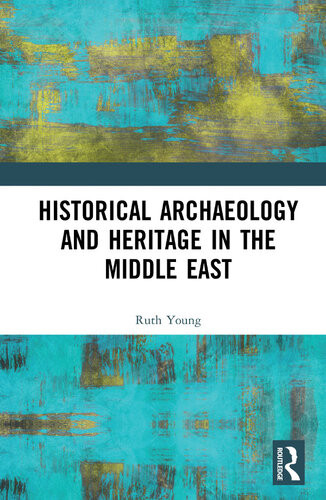

Most ebook files are in PDF format, so you can easily read them using various software such as Foxit Reader or directly on the Google Chrome browser.
Some ebook files are released by publishers in other formats such as .awz, .mobi, .epub, .fb2, etc. You may need to install specific software to read these formats on mobile/PC, such as Calibre.
Please read the tutorial at this link: https://ebookbell.com/faq
We offer FREE conversion to the popular formats you request; however, this may take some time. Therefore, right after payment, please email us, and we will try to provide the service as quickly as possible.
For some exceptional file formats or broken links (if any), please refrain from opening any disputes. Instead, email us first, and we will try to assist within a maximum of 6 hours.
EbookBell Team

4.7
26 reviewsLandlord villages dominated Iranian land tenure for hundreds of years, whereby one powerful landlord owned the village structures, surrounding farmland, and to all intents and purposes, the village occupants themselves, a system that in some cases remained in place up to the 1979 Islamic Revolution. In Oman, mud-brick oases were home to most of the rural population right up until Sultan Qaboos came to power in 1970, and required inhabitants of mud-brick houses to relocate into new concrete block buildings.
Historical Archaeology and Heritage in the Middle East explores these everyday, rural communities in Iran and Oman in the 19th and 20th centuries, through a combination of building analysis, excavation, artefact analysis and ethnographic interviews. Drawing on the results of original field projects, the book considers new ways of exploring traditional lifeways, giving voice to hitherto largely ignored sections of the population, and offers new and different ways of thinking about how these people lived and what shaped their lives and the impact of major political and social changes on them. Place, memory and belonging are considered through the lens of material culture within these villages.
The first of its kind, the book brings together methodologies, research questions, and themes that have never been used or addressed in the Middle East. Helping to establish historical archaeology in the Middle East and providing new ways in which the memorable, quotidian past can be exploited for its social and economic value in contemporary community and heritage developments, it is an ideal resource for students, scholars and practitioners of historical archaeology and heritage of and in the Middle East.